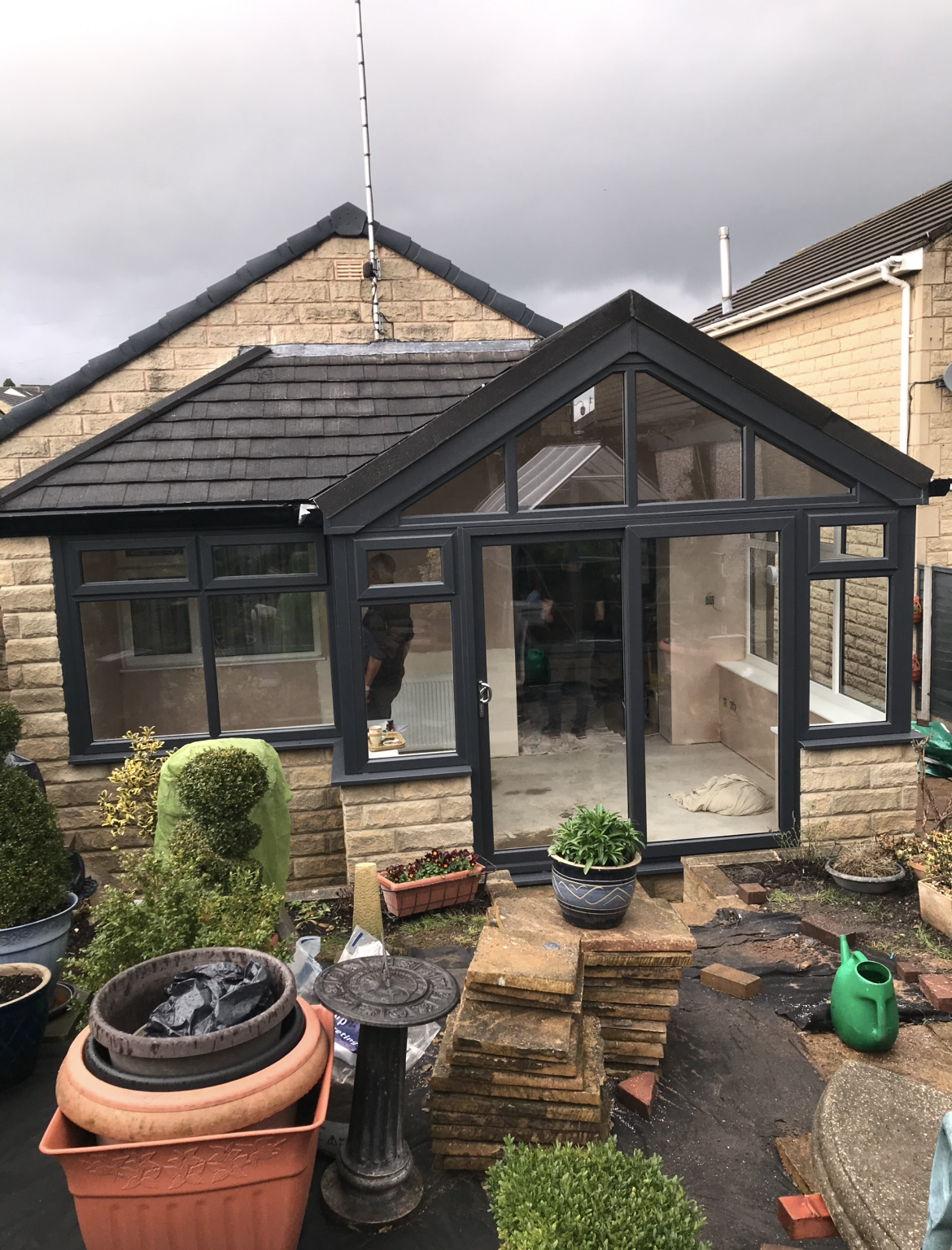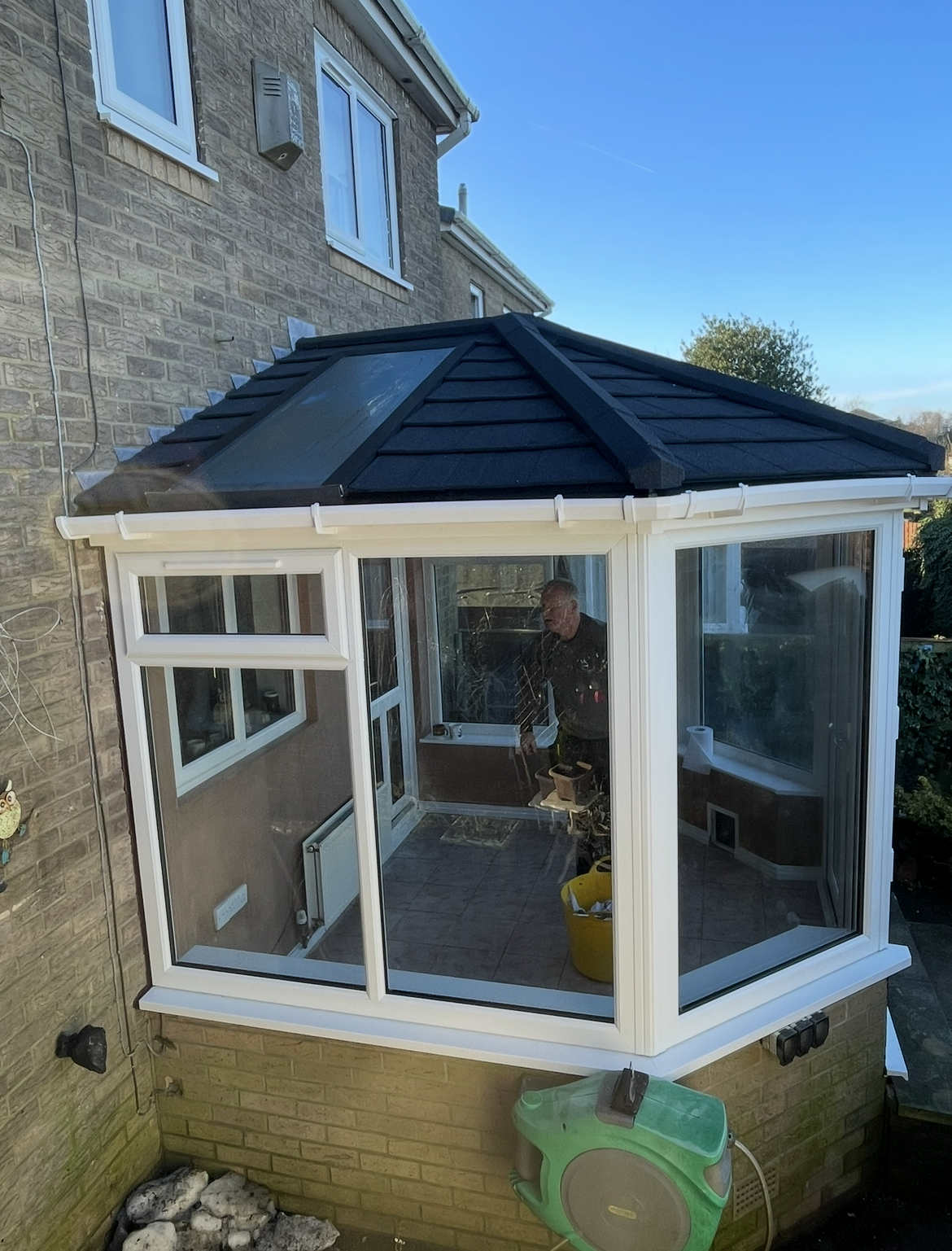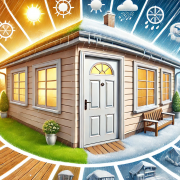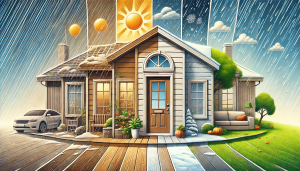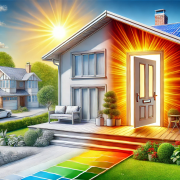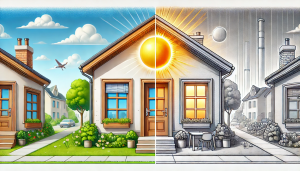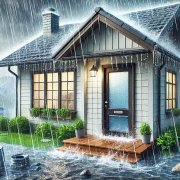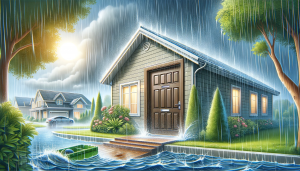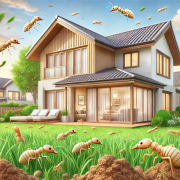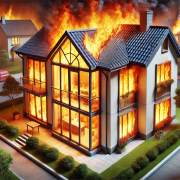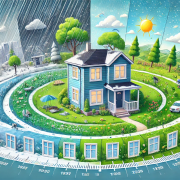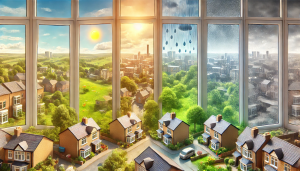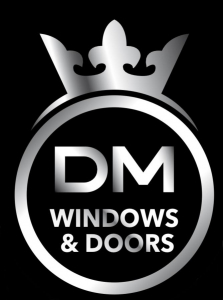Warm roof conservatories have become an increasingly popular upgrade for homeowners in Bradford looking to improve comfort and energy efficiency. Unlike traditional glass or polycarbonate roofs, warm roof systems are insulated, tiled solutions that transform a conservatory into a usable space all year round. One of the most common questions from those considering this upgrade is: How much does it cost to have a Warm Roof Conservatory? While the answer can vary depending on several factors, this guide will help you understand the typical price range for 2025 and what influences the overall cost of installation.
How Much Does a Warm Roof Conservatory Cost in 2025?
For homeowners in Bradford, the cost of a warm roof conservatory can range significantly depending on the size, structure, and materials involved. As a general estimate, prices start at around £4,000 for small lean-to styles and can reach upwards of £15,000 for large, bespoke designs. Most standard installations fall in the region of £6,500 to £10,000. These figures usually include labour, materials, and VAT, but it’s always important to clarify what’s included in your quote. Warm roofs are a considerable investment, but they offer lasting comfort, energy savings, and an aesthetic upgrade to your home.
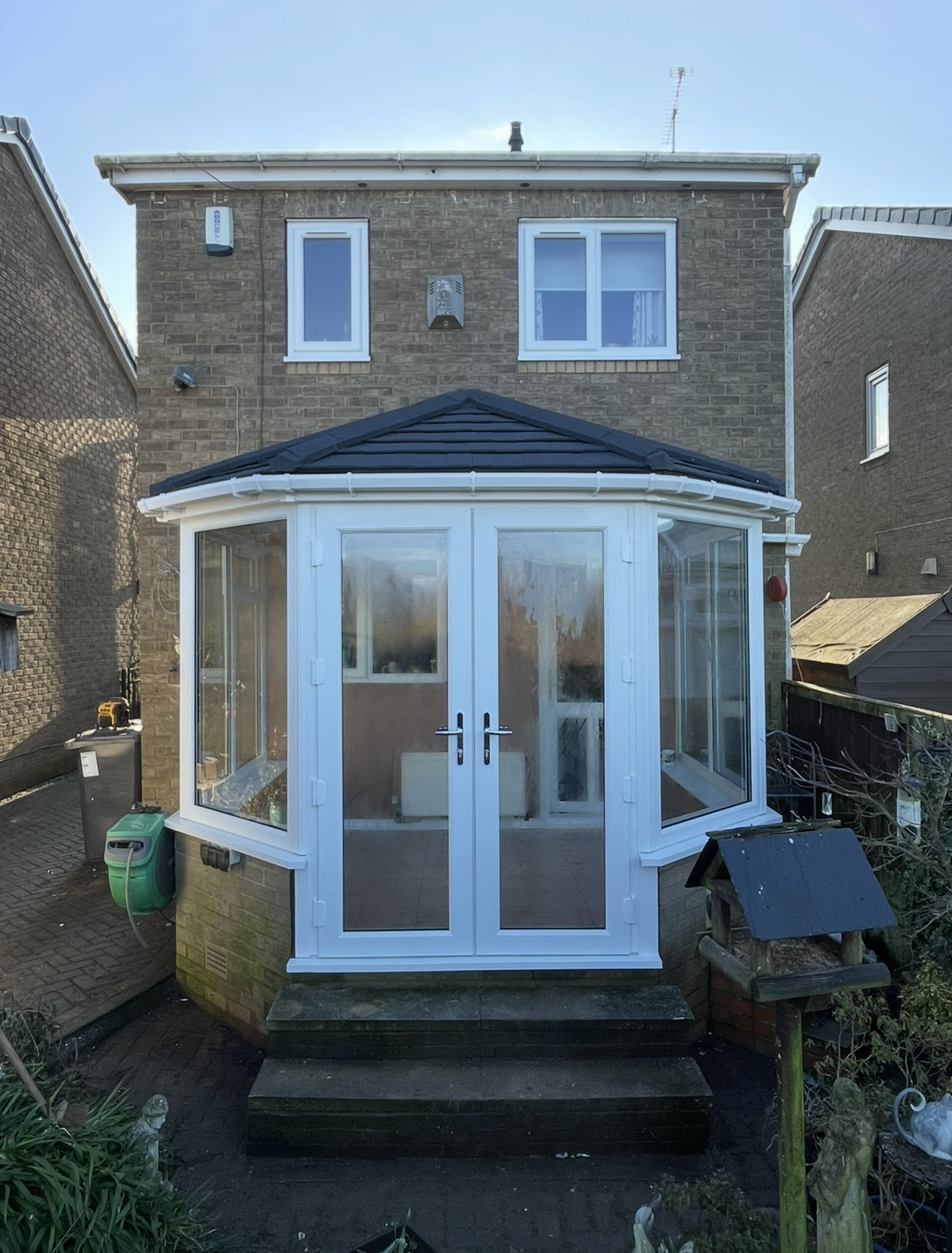
Average Price Ranges in Bradford
In Bradford, the average warm roof conversion typically costs between £7,000 and £9,000 for a mid-sized conservatory. Smaller roofs might come in closer to the £5,000 mark, while larger or more complex roof shapes can push the price beyond £10,000. These prices reflect the regional market, where the cost of materials and installation remains relatively consistent with national averages. Getting an on-site survey is the best way to receive an accurate quote, as it takes into account the unique characteristics of your existing conservatory and any custom preferences you might have.
What’s Included in the Price?
A full warm roof installation includes much more than simply replacing the external covering. Most quotes cover the removal and disposal of your old roof, a structural assessment of your conservatory frame, the supply and fitting of a high-performance warm roof system, and internal ceiling finishing such as plastering. The warm roof itself includes layers of insulation, breathable membranes, a strong yet lightweight frame, and durable external tiles. Additional features like integrated lighting, plaster cornicing, or roof vents may cost extra, so it’s important to ensure your quote is detailed and transparent.
Factors That Influence the Cost of a Warm Roof Conservatory
Several key factors can affect how much you’ll pay for a warm roof in Bradford. While the price of materials and labour is a major component, aspects such as roof size, access, and optional extras can significantly alter the final cost. Understanding these factors ahead of time will help you plan more accurately and avoid unexpected expenses.
Roof Size, Shape and Structural Requirements
One of the most obvious influences on cost is the size and shape of your existing conservatory. A small lean-to requires fewer materials and quicker installation compared to a large P-shaped or Edwardian style, which can be more complex and require more advanced structural work. In some cases, especially with older conservatories, the existing framework may not be suitable to carry the weight of a warm roof without reinforcement. This could mean additional support posts, upgraded bases, or other modifications that add to the overall price. Your installer should carry out a structural survey before providing a final quote.
Materials, Design Choices and Site Access
The materials you choose — both for the roof covering and internal finishes — can also have a significant impact. Lightweight composite tiles that replicate natural slate or clay are available in different grades and colours, with premium finishes generally costing more. Inside the conservatory, a simple plastered ceiling is standard, but many homeowners opt for recessed lighting, roof lanterns or high-end decorative touches to match their interior décor. These extras come at a cost, as does the complexity of installation. Access is another hidden variable. If your property has limited access for scaffolding or materials delivery, the job may take longer and incur additional charges due to increased labour time and setup.
Is a Warm Roof Worth the Investment?
Choosing to upgrade to a warm roof conservatory isn’t just a cosmetic improvement — it’s a practical investment that can make a genuine difference to your daily comfort and long-term finances. While the initial cost may feel substantial, the benefits are equally significant, especially for homes in Bradford, where the weather can be unpredictable and seasonal extremes are common. A well-insulated, solid roof means your conservatory is no longer just a summer room. It becomes a true extension of your living space, suitable for relaxing, dining, or even working from home all year round.
Energy Savings and Year-Round Use
One of the biggest advantages of a warm roof is improved thermal performance. Traditional glass or polycarbonate roofs often leak heat in winter and trap it in summer, making the room uncomfortable and costly to heat. A warm roof, on the other hand, includes several layers of high-quality insulation that help regulate temperature, reduce heat loss, and lower your energy bills. Many Bradford homeowners report that their heating system doesn’t need to work as hard once their warm roof is installed, especially during the colder months. This not only saves money in the long run but also makes the conservatory a genuinely usable space throughout the year.
Increased Property Value and Buyer Appeal
In a competitive housing market, a professionally installed warm roof can help your home stand out. A solid roof gives your conservatory the look and feel of a permanent room, rather than a glass add-on, which can increase the perceived size and value of the property. It also reassures potential buyers that the space is well-insulated, durable, and usable — something that’s becoming increasingly important as people seek more functional space at home. Whether you plan to stay put or sell soon, the upgrade can be a smart move both personally and financially.
Getting a Quote in Bradford: What to Expect
If you’re considering a warm roof conservatory for your home in Bradford, the process usually begins with a site visit and a tailored quote. While average costs can give you a useful guide, only a detailed inspection will provide an accurate figure that reflects your specific needs. Local installers typically offer this service free of charge, and it’s your opportunity to ask questions, compare systems, and understand what your investment will involve. Knowing what to expect during this stage can help you feel more confident and avoid any surprises later on.
What Happens During the Initial Survey?
The first step is usually an on-site consultation where a specialist assesses your current conservatory. They’ll take measurements of the roof area, check the structure for signs of wear or weakness, and ensure that the existing framework can support the weight of a new warm roof. If reinforcement is needed, they’ll explain what work will be involved and how it will affect the cost. At this stage, you’ll also discuss design preferences such as roof tile styles, interior finishes, and optional extras like skylights or integrated lighting. Most good installers will bring samples or brochures to help you make informed decisions.
Questions to Ask and How to Compare Quotes
When reviewing quotes, it’s important to ensure you’re comparing like for like. Ask what exactly is included in the price — removal of the old roof, internal ceiling plastering, lighting, electrical work, and VAT should all be listed. Clarify the type of warm roof system being used and whether it meets building regulations, particularly for thermal performance. It’s also worth asking about guarantees and aftercare, as reputable installers will usually offer coverage on both the product and workmanship. Finally, don’t be afraid to ask for customer references or to see previous installations, especially those completed in Bradford or nearby areas. This will give you a better idea of the quality and reliability of the company before making your decision.
The cost of a warm roof conservatory in Bradford depends on a range of factors, from size and structure to materials and installation complexity. While prices generally start from around £4,000 and can exceed £15,000 for more advanced projects, the long-term benefits — improved energy efficiency, greater comfort, and increased property value — make it a worthwhile investment for many homeowners. Whether you’re looking to enjoy your conservatory throughout the year or give your home an edge on the market, upgrading to a warm roof offers a practical, lasting solution. For the most accurate pricing, book a survey with a reputable local installer and see what’s possible for your space.
